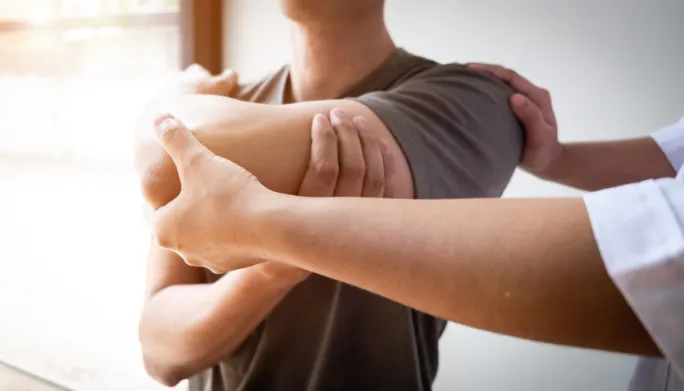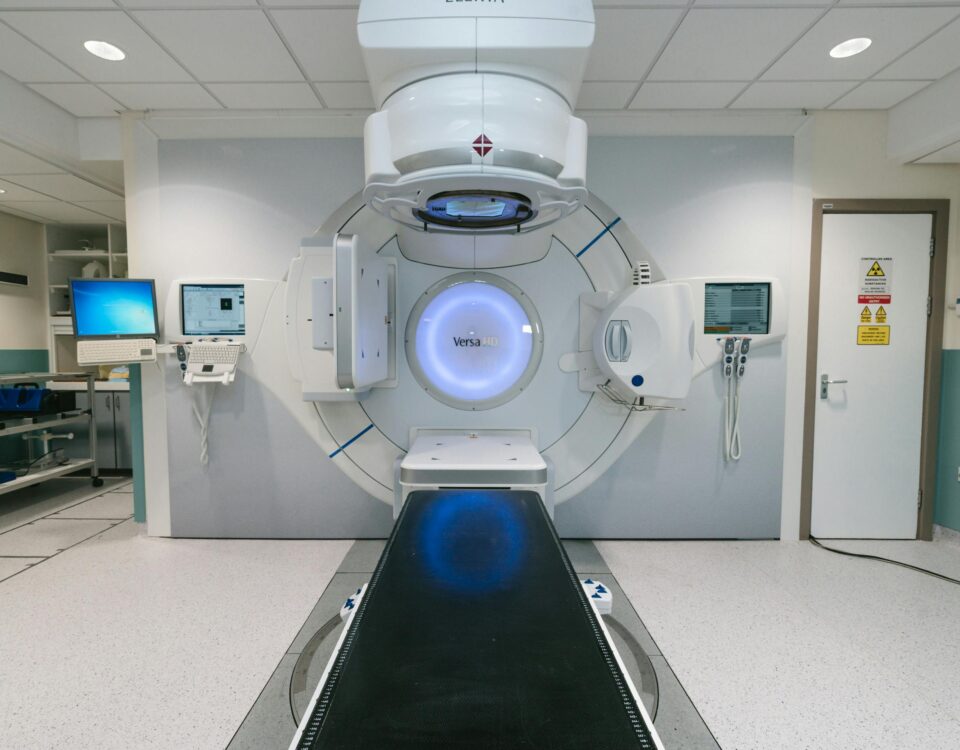
Gallbladder Surgery and Its Effect on Weight Management
September 18, 2025Understanding the Role of a Retina Specialist in Eye Health
September 19, 2025The rotator cuff is a key group of muscles and tendons responsible for stabilizing the shoulder joint and enabling a wide range of arm movements. However, due to its complexity and frequent use in various physical activities, it is particularly susceptible to injuries, especially tears. Preventing rotator cuff tears is essential to maintaining shoulder function and avoiding long-term complications. Here is more information on proper technique and mitigating the risk of such injuries:
Strengthening and Flexibility Exercises
A foundation for preventing rotator cuff tear injuries is a balanced program of strengthening and flexibility exercises for the shoulder girdle. Strengthening exercises should target not only the four rotator cuff muscles but also the larger muscles that support the shoulder, including the deltoids, rhomboids, and trapezius. A balanced approach helps maintain the stability of the shoulder joint during movement. Exercises often involve light resistance with a focus on controlled motion.
Flexibility is another component of injury prevention. Regular stretching helps maintain the range of motion in the shoulder joint. Stretching the posterior capsule of the shoulder is a common recommendation. Proper form during these exercises is fundamental. Executing movements in a controlled manner avoids placing undue stress on the rotator cuff tendons. A consistent routine of both strengthening and stretching contributes to the overall resilience of the shoulder complex.
Lifting Properly
Applying proper biomechanics during daily activities, particularly lifting and reaching overhead, can reduce the load on the rotator cuff. When lifting an object, you should keep it close to your body. This positioning minimizes the leverage arm and decreases the force required from the shoulder muscles. Engaging the larger muscles of the legs and core to power the lift further distributes the load away from the shoulders.
For activities that involve overhead reaching, you should avoid working with your arms fully extended for prolonged periods. Using a step stool or ladder to bring your body closer to the object reduces the strain on the shoulder joint. During overhead movements, you should also maintain proper posture, keeping the shoulder blades down and back. This alignment optimizes the mechanics of the shoulder joint and reduces the risk of impingement, a condition where the rotator cuff tendons can get pinched.
Modifying Activities
Athletes and individuals in physically demanding jobs can modify their techniques to protect the rotator cuff. For sports that involve repetitive overhead motions, such as tennis, baseball, or swimming, focusing on proper form is a primary preventive measure. A coach or physical therapist can analyze movement patterns and suggest adjustments to reduce stress on the shoulder. This may involve altering a throwing motion, a swim stroke, or a tennis serve.
In occupational settings, ergonomic adjustments can lower the risk of injury.
Workers who perform repetitive overhead tasks can benefit from tools that have extended handles or from workstations that are adjusted to a more suitable height. Taking regular breaks to rest the shoulder muscles and perform gentle stretches can also mitigate the effects of repetitive strain. These modifications in technique and environment reduce the cumulative stress on the rotator cuff tendons over time.
Get Treatment for a Rotator Cuff Tear
The prevention of rotator cuff tears is grounded in the application of proper biomechanical techniques. A balanced program of strengthening and flexibility exercises enhances shoulder stability and mobility. Using correct form during lifting and overhead movements minimizes stress on the rotator cuff tendons. Additionally, modifying techniques in athletic and occupational activities reduces the impact of repetitive strain. These strategies collectively contribute to the long-term health of the shoulder joint. If you’re experiencing a rotator cuff injury, consult with an orthopedic surgeon.





